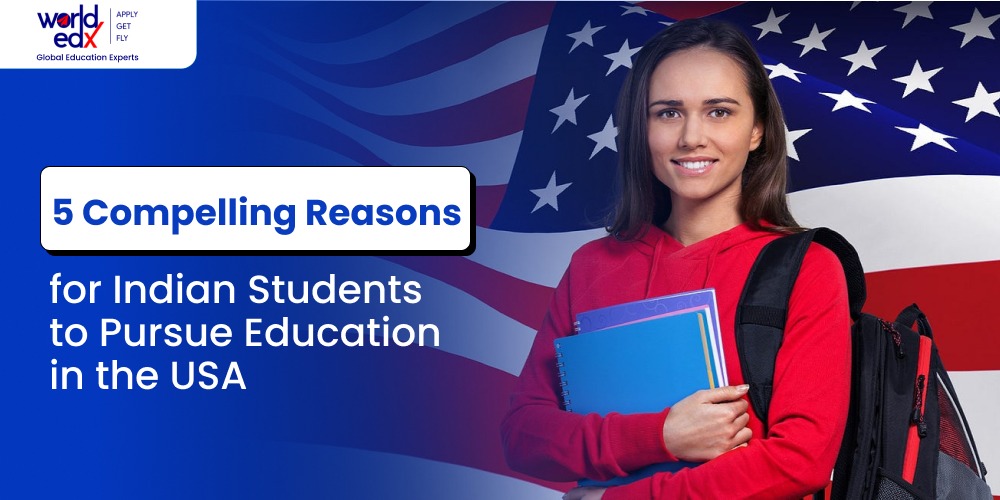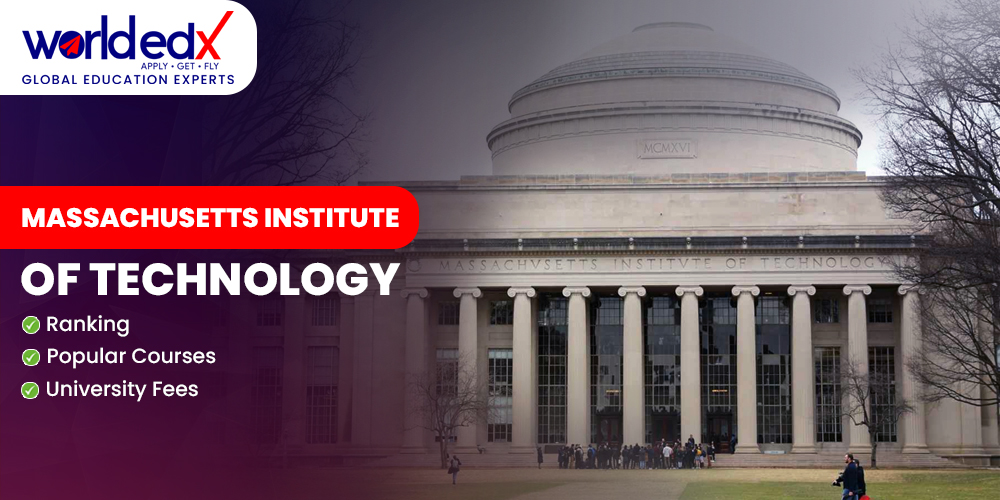The H-1B visa remains one of the most popular routes for skilled foreign professionals to work in the United States. However, with the introduction of new reforms and updates effective January 17, 2025, several significant changes must be known by applicants, employers, and students transitioning from F-1 status. These changes aim to update the H-1B visa program, improve oversight, and offer better flexibility to employers and skilled workers. This blog will discuss the H-1B visa updates, highlighting the revised rules, specialty occupation criteria, changes for F-1 to H-1B cap-gap extension, and what the new rules mean for H-1B cap-exempt employers.
Major H-1B Visa 2025 Updates
Here we will discuss what has been affected by the changes in the H-1B visa in 2025:

H-1B Final Rule Effective January 17, 2025
One of the most significant changes is the implementation of the H-1B Final Rule, which modernizes the visa system. From January 17, 2025, all petitions started using the newly revised Form I-129 (edition date 01/17/25). The previous version (dated 04/01/24) was rejected if submitted on or after this date.
Why this matters:
- No grace period is allowed for outdated forms.
- Employers must use the correct version of Form I-129 to prevent processing delays.
Streamlined Petition Process
The 2025 updates introduce a more efficient H-1B approval process. This includes better digital tracking and faster response times by U.S. Citizenship and Immigration Services (USCIS).
Some benefits include:
- Reduced paperwork
- Faster processing times
- More transparent communication between USCIS and employers
Read Also: Best MBA Colleges in USA: Fee, Courses & Placement
Revised Form I-129 – Mandatory Started on January 17, 2025
A key component of the 2025 update is the revised Form I-129, which is the Petition for a Nonimmigrant Worker. Effective January 17, 2025, only the 01/17/25 edition of Form I-129 will be accepted.
Here’s what you need to know:
- The companies would now have to pay a handsome amount of $100,000 per year for H-1B worker visas.
- If you submitted the 04/01/24 edition before Jan 17, 2025, USCIS would have accepted it.
- If you submitted the 04/01/24 edition on or after January 17, your petition would have been rejected.
- It started on Jan 17, and only the 01/17/25 edition is valid now.
This change is crucial for ensuring compliance with the H-1B and H-2 final rules. If you are applying, double-check your forms before mailing.

Updated H-1B Specialty Occupation Criteria
Another significant change in 2025 involves revising what qualifies as a specialty occupation under the H-1B visa.
The key updates include:
- More flexibility in degree fields: Applicants no longer need a degree in a narrow field. Broader or related degrees may now qualify.
- Clearer job-duty alignment: USCIS assesses whether the position’s duties reasonably relate to the applicant’s educational background, providing more transparency in decision-making.
These changes aim to make it easier for professionals in various fields, such as data science or UX design, to meet specialty occupation criteria.
F-1 to H-1B Cap-Gap Extension Continues in 2025
International students under F-1 visas often face uncertainty between the end of their Optional Practical Training (OPT) and the start of H-1B employment.
In 2025, the F-1 to H-1B cap-gap extension remains in effect:
- Allows eligible F-1 students with pending or approved H-1B petitions to continue working legally past the OPT expiration date until H-1B status begins on October 1.
- Helps avoid gaps in employment and status, providing a smoother transition for international graduates in the U.S.
This is a welcome relief for thousands of students planning to shift from academic life to full-time employment.
Talk to an Expert for FREE Counselling
H-1B Cap-Exempt Employers: Who Qualifies in 2026?
The H-1B annual cap limits the number of visas issued each fiscal year. However, some employers are cap-exempt, meaning they can file H-1B petitions anytime.
Cap-exempt employers include:
- Institutions of higher education (e.g., universities, colleges)
- Nonprofit entities affiliated with educational institutions
- Nonprofit or governmental research organizations
In 2025, the eligibility criteria for cap-exempt status remain essentially unchanged but are now better defined, allowing more clarity for qualifying organizations and their foreign employment.
Final Thoughts
The H-1B visa updates mark a significant move toward a more flexible, fair, and transparent immigration system. From updated specialty occupation definitions and the revised Form I-129, to protections for F-1 to H-1B cap-gap transitions and more precise rules for cap-exempt employers, these changes impact all stakeholders in the employment visa process.
Employers and applicants should stay updated with USCIS announcements, especially with enforcing the new edition of Form I-129, and align their hiring strategies accordingly.







